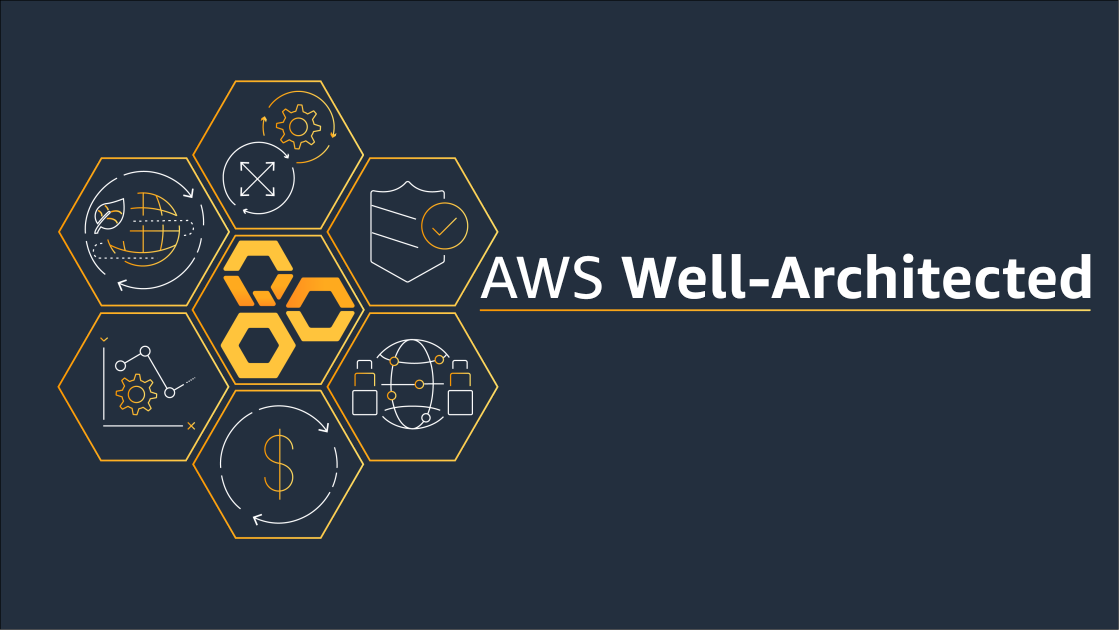Why It’s Important, Why You Need It, and Its Key Role in Your Cloud Journey
The cloud has revolutionized the way businesses operate, and Amazon Web Services (AWS) has consistently led the charge in cloud computing. To help businesses build and maintain reliable, efficient, and secure applications in the cloud, AWS has introduced the Well-Architected Framework. In this blog post, we’ll explore the importance of this framework, why you need to use it, and the key role it plays in your cloud journey.
What is the AWS Well-Architected Framework?
The AWS Well-Architected Framework is a set of best practices, design principles, and architectural recommendations for building and maintaining high-performing, resilient, and secure applications on the AWS cloud. It’s designed to help you understand the potential trade-offs in your architecture and make informed decisions that can optimize your applications’ performance, cost, and security.
Why is the AWS Well-Architected Framework Important?
- Optimal Application Performance: The Well-Architected Framework helps ensure that your applications are designed to meet the demands of your users and provide a seamless experience. By adhering to the framework’s best practices, you can optimize your applications to minimize latency, maximize throughput, and ensure consistent performance under different workloads.
- Cost Efficiency: The framework’s guidelines help you make cost-effective decisions for your infrastructure, ensuring you get the most out of your cloud investment. You’ll learn how to leverage AWS services and features to optimize cost without compromising on performance or security.
- Security and Compliance: The Well-Architected Framework provides guidance on implementing robust security measures for your applications and infrastructure. By following the recommended best practices, you can protect your data, ensure compliance with industry standards, and minimize the risk of security breaches.
- Scalability and Resilience: The framework helps you design your applications to scale seamlessly with your business growth. It also offers insights into building fault-tolerant and resilient systems, ensuring that your applications remain available and functional even during unexpected events or failures.
Why Do You Need the AWS Well-Architected Framework?
- Guided Approach: The Well-Architected Framework provides a structured and consistent approach to designing, deploying, and managing applications in the cloud. This allows you to build applications that are not only high-performing and secure but also cost-effective and scalable.
- Continuous Improvement: The framework encourages a culture of continuous improvement, helping you to regularly review and enhance your applications to maintain optimal performance, security, and cost-efficiency.
- Competitive Advantage: By adhering to the Well-Architected Framework, you can build applications that offer a superior user experience and outperform your competitors. This can help you gain a competitive edge in the market and drive business growth.
- Faster Time to Market: The framework helps you to make informed decisions and avoid common pitfalls in the design and deployment of your applications, leading to a faster time-to-market and reduced risk of failure.
The Key Role of the AWS Well-Architected Framework
The AWS Well-Architected Framework plays a pivotal role in guiding businesses through the complex process of building and maintaining applications on the AWS cloud. It helps you achieve your desired outcomes by providing actionable guidance and best practices for designing, deploying, and managing your applications in the cloud. By using the framework, you can ensure that your applications are not only high-performing and secure but also cost-effective and scalable.
Conclusion
The AWS Well-Architected Framework is an invaluable tool for any business looking to build and maintain successful applications in the cloud. By following its guidance and best practices, you can optimize your applications
